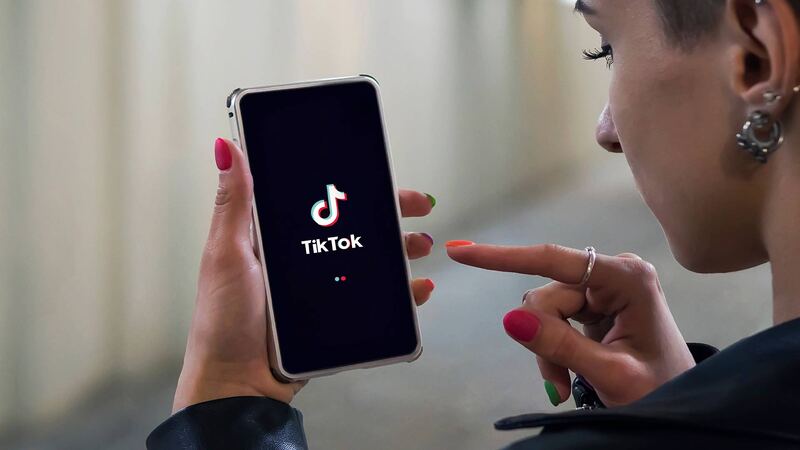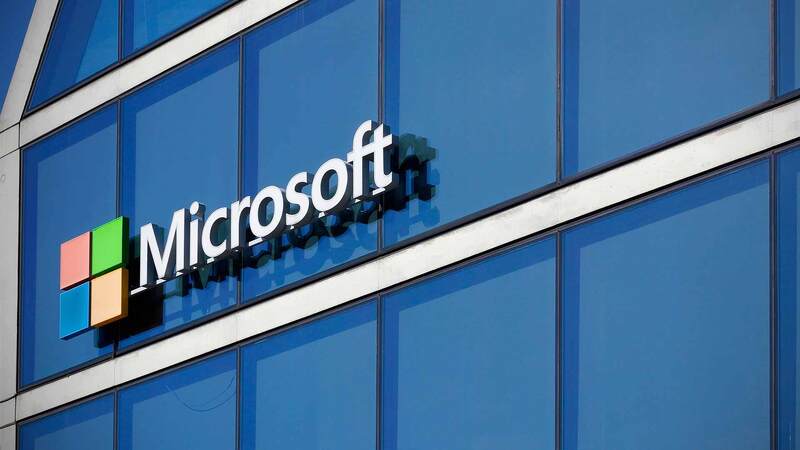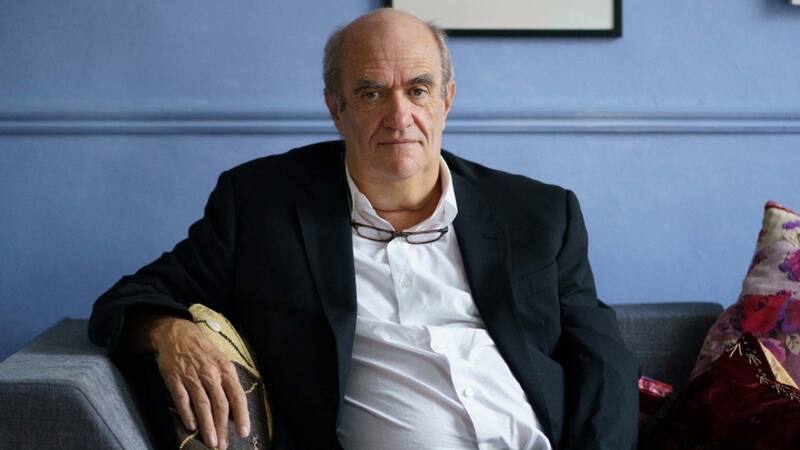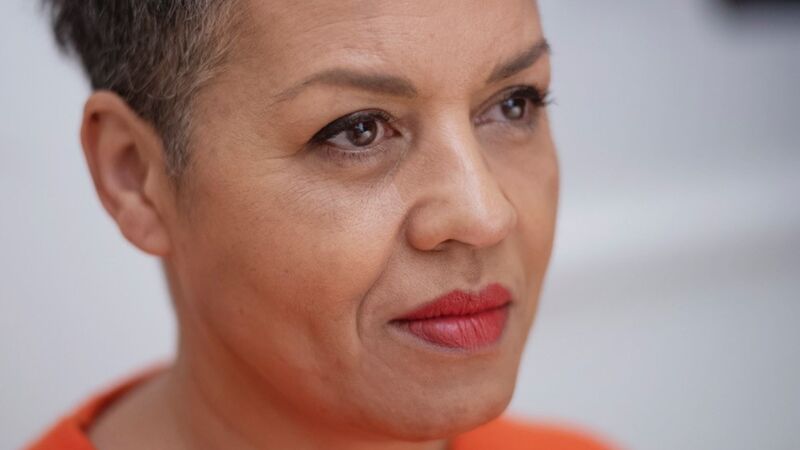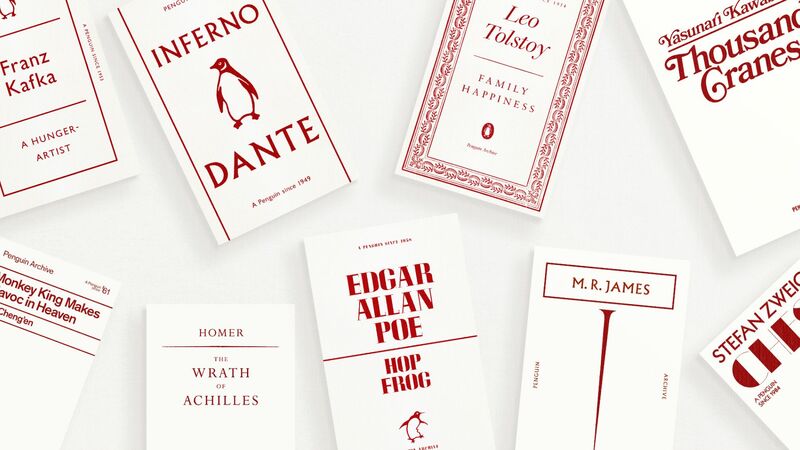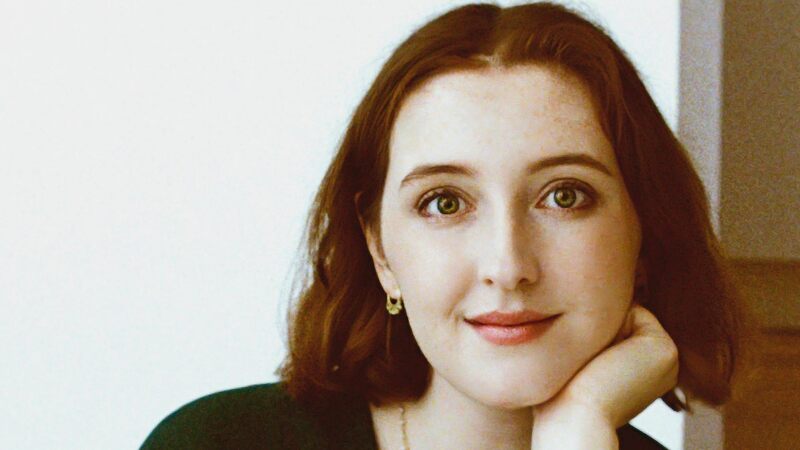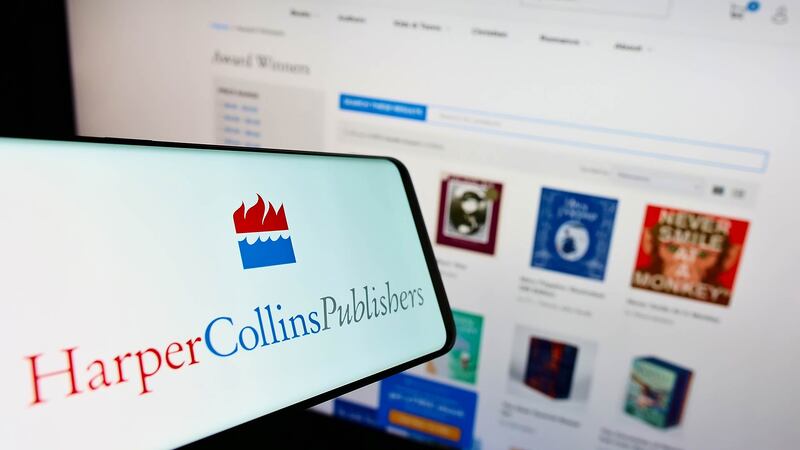You are viewing your 1 free article this month. Login to read more articles.
HarperCollins leads Big Four growth
The 2010s have been challenging for HarperCollins in the Nielsen BookScan stakes. This is not unusual for a publisher as, until the past couple of years, there have been declining fortunes for the overall print market. But HC has had it slightly tougher than its fellow big conglomerates, posting seven straight years of slipping returns through the Total Consumer Market, each of which at the time put the group at its lowest ebb since records began.
That was until 2017. Led by a blistering year for the David Walliams/ Tony Ross dynamic duo, some exciting fresh talent (Joanna Cannon, Gail Honeyman) and nice returns from seasoned hands (Nigel Slater, the still-coining-it George R R Martin), HC’s TCM sales rose 8.1%. The £119.9m it earned in 2017 is the publisher’s best TCM total in four years.
While HC surged, two of its fellow Big Four publishers dipped. Hachette and Pan Macmillan benefited in 2016 from monster years by J K Rowling and Joe Wicks, respectively. Rowling lost 47% of her BookScan sales year on year (to “only” £15.5m) and Wicks 57% (to a mere £6.1m), and Hachette and Pan Mac dipped accordingly. The entire Penguin Random House group (including DK, which we separate on the Top 20 publishers chart as it is run as a discrete global division) had a sliver of growth (+0.09%) to £362.3m.
The varied Big Four performances continued a trend of what, on the surface, is counter-intuitive: a shrinking share for the top publishers. The Big Four combined to shift £744.8m, or 46.8% of the market, down from 2016’s 47.8%. PRH, Hachette and HarperCollins were responsible for a 42.4% share, the trio’s smallest slice of the print market since records began. The usual T&Cs here: we are examining print sales recorded through Nielsen BookScan UK. So this is not the publishers’ bottom line, as it omits digital and special sales and a range of revenue streams, from rights to licensing. We will cover e-book sales from the major trade groups in the next Review of 2017.
Still Rowling along
The mid-sized publishers filling the gap of the Big Four were led by Bloomsbury—and, yes, J K Rowling had much to do with it. Nine years after last publishing original material from her, she remains Bloomsbury’s prime asset, accounting for £12.4m, or 26%, of its 2017 TCM takings. Harry Potter and the Prisoner of Azkaban, the newest in the Jim Kay-illustrated editions, was Bloomsbury’s top earner (£1.6m), while the companion volume to the blockbuster Harry Potter exhibition at the British Library chipped in £709,000. But there were other hits. Newly svelte Tom Kerridge repositioned himself as a dieting guru, with Dopamine Diet selling £1.4m, while Neil Gaiman’s Norse Mythology earned £1.2m over two editions.
Bonnier Publishing’s double-digit percentage hike gave it its fourth consecutive record TCM haul. Bonnier has been splashing the cash with high-profile poaches (such as Lynda La Plante) and enthusiastically entering a celeb memoir market where many other publishers now fear to tread. Of the latter stream, books from Jenson Button, Robbie Williams (with Chris Heath) and magician Dynamo were the group’s top three sellers by value, combining to shift £2.4m. Away from the top of Bonnier’s charts, Igloo Books played a key role. The cheap and cheerful children’s division had TCM sales of £3.6m, despite the fact that none of its titles shifted over 15,000 copies, nor earned more than £90,000. This undoubtedly underplays Igloo’s UK sales, as it is successful in “off-BookScan” discount chains.
Simon & Schuster lost £1.4m through BookScan, but jumps up a place in the publisher league table. Star Philippa Gregory’s sales rose by a quarter to £3.2m. Her new paperback and hardback releases outperformed their 2016 counterparts (up 14% to £1.59m), but there was also a backlist fillip for the Cousins’ War series as the US-produced “The White Princess” was shown on Drama and available for streaming on UKTV last autumn.
Who are ya? Who are ya?
Newspaper empire Trinity Mirror’s sport books arm tops our publisher percentage growth chart. The unlikely 2017 bestseller (£168,000) was Cheer
Up, Peter Reid, a memoir from the former Bolton and Everton midfielder and much-travelled journeyman manager (eight head coaching jobs, the last with Mumbai City FC).
Wild Things is the outdoor travel specialist, founded seven years ago, which scored with Geoff Allan’s The Scottish Bothy Bible (£295,000). Over half (55%) of non-fiction indie Hurst & Co’s sales, meanwhile, derive from just two titles: Shashi Tharoor’s Inglorious Imprint: What the British Did to
India (£216,000) and David Goodhart’s look at populist politics, The Road to Somewhere (£147,000). Amazon haters will note the e-tailing giant has two entries in our “growers” charts. Amazon Publishing shot up nearly 35%—a total achieved with little, if any, footprint in bricks and mortar shops. Amazon Publishing is not moving huge volumes in print: its top seller was Mark T Sullivan’s Second World War-set Beneath a Scarlet Sky, on 5,020 units. But it also has a smattering of backlist titles by well-known names, such as Patricia Cornwell’s Ripper and George R R Martin’s graphic novel The Hedge Knight (illustrated by Ben Avery).
Createspace continues its upward climb, with the Amazon print-on-demand division hitting another BookScan high. Its top-selling author had the e-tailer to thank twice over: tech writer Ray Higgins earned £131,000 with a series of independent guides to various products that use Amazon’s Alexa AI personal assistant (and, alarmingly off-topic, one book called How do I Know When it’s Time to Euthanize My Dog?). We have mentioned this in the past, but where Createspace’s sales derive from bears further scrutiny: Higgins is its only author to have a title sell over 10,000 units, while the company had just 315 books shift more than 100 units (collectively earning £2.6m). That means a whopping £14.2m (85%) of the p.o.d. division’s TCM total comes from thousands of authors selling very few books.
You can read our full analysis of the 2017 performances of the big four publishers here and the 2017 performances of independent publishers here.








